 Fête Nationale, or Bastille Day as it is called here in the US, marks the storming of an infamous fortress in Paris and the beginning of the French Revolution. Bastion de Saint-Antoine was built in 1370 during the 100 Years War to defend the east end of Paris and one of the royal palaces. At the time of the battle, the Bastille only held seven prisoners. Most had been removed, the most infamous, the comte de Solages aka the Marquis de Sade, was moved to an insane asylum 10 days before.
Fête Nationale, or Bastille Day as it is called here in the US, marks the storming of an infamous fortress in Paris and the beginning of the French Revolution. Bastion de Saint-Antoine was built in 1370 during the 100 Years War to defend the east end of Paris and one of the royal palaces. At the time of the battle, the Bastille only held seven prisoners. Most had been removed, the most infamous, the comte de Solages aka the Marquis de Sade, was moved to an insane asylum 10 days before.
Early in the morning, the crowds had stormed the Hôtel des Invalides, gathering arms but without powder which was stored at the Bastille, 30,000 lbs. of gun powder.
The regular garrison consisted of 82 invalides (veteran soldiers no longer suitable for service in the field). It had however been reinforced on 7 July by 32 grenadiers of the Swiss Salis-Samade Regiment from the troops on the Champ de Mars. The walls mounted eighteen eight-pound guns and twelve smaller pieces. The governor was Bernard-René de Launay, son of the previous governor and actually born within the Bastille.
The list of vainqueurs de la Bastille has around 600 names, and the total of the crowd was probably less than one thousand. The crowd gathered outside around mid-morning, calling for the surrender of the prison, the removal of the guns and the release of the arms and gunpowder. Two representatives of the crowd outside were invited into the fortress and negotiations began, and another was admitted around noon with definite demands. The negotiations dragged on while the crowd grew and became impatient. Around 13:30 the crowd surged into the undefended outer courtyard, and the chains on the drawbridge to the inner courtyard were cut, crushing one unfortunate vainqueur. About this time gunfire began, though some stories state that the Governor had a cannon fire into the crowd killing several women, children, and men turning the crowd into a mob. The crowd seemed to have felt it had been drawn into a trap and the fighting became more violent and intense, while attempts by deputies to organize a cease-fire were ignored by the attackers.
The firing continued, and at 15:00 the attackers were reinforced by mutinous gardes françaises and other deserters from among the regular troops, along with two cannons. A substantial force of Royal Army troops encamped on the nearby Champs de Mars did not intervene. With the possibility of a mutual massacre suddenly apparent Governor de Launay ordered a cease fire at 17:00. A letter offering his terms was handed out to the besiegers through a gap in the inner gate. His demands were refused, but de Launay nonetheless capitulated, as he realized that his troops could not hold out much longer; he opened the gates to the inner courtyard, and the vainqueurs swept in to liberate the fortress at 17:30.
Ninety-eight attackers and one defender had died in the actual fighting. De Launay was seized and dragged towards the Hôtel de Ville in a storm of abuse. Outside the Hôtel a discussion as to his fate began. The badly beaten de Launay shouted “Enough! Let me die!” and kicked a pastry cook named Dulait in the groin. De Launay was then stabbed repeatedly and fell, and his head was sawed off and fixed on a pike to be carried through the streets. The three officers of the permanent Bastille garrison were also killed by the crowd; surviving police reports detail their wounds and clothing. Two of the invalides of the garrison were lynched, but all but two of the Swiss regulars of the Salis-Samade Regiment were protected by the French Guards and eventually released to return to their regiment. Their officer, Lieutenant Louis de Flue, wrote a detailed report on the defense of the Bastille which was incorporated in the logbook of the Salis-Samade and has survived. It is (perhaps unfairly) critical of the dead Marquis de Launay, whom de Flue accuses of weak and indecisive leadership. The blame for the fall of the Bastille would rather appear to lay with the inertia of the commanders of the substantial force of Royal Army troops encamped on the Champs de Mars, who made no effort to intervene when the nearby Hôtel des Invalides or the Bastille were attacked.
 Returning to the Hôtel de Ville, the mob accused the prévôt ès marchands (roughly, mayor) Jacques de Flesselles of treachery, and he was assassinated en route to an ostensible trial at the Palais-Royal.
Returning to the Hôtel de Ville, the mob accused the prévôt ès marchands (roughly, mayor) Jacques de Flesselles of treachery, and he was assassinated en route to an ostensible trial at the Palais-Royal.
The key to the west portal of the Bastille was presented to Pres, George Washington by the Marquis de Lafayette on March 17, 1790 and is on display at Mt Vernon.
All that is left of the Bastille is located at the Square Henri-Galli on Boulevard Henri IV. The stones of one of the eight towers were discovered in 1899 during the excavation for the Metro. The footprint is marked by special paving stones along the sidewalk and streets around the Place de la Bastille. The Fossé de Paris, the ditch behind the Bastille, is now a marina for pleasure boats.


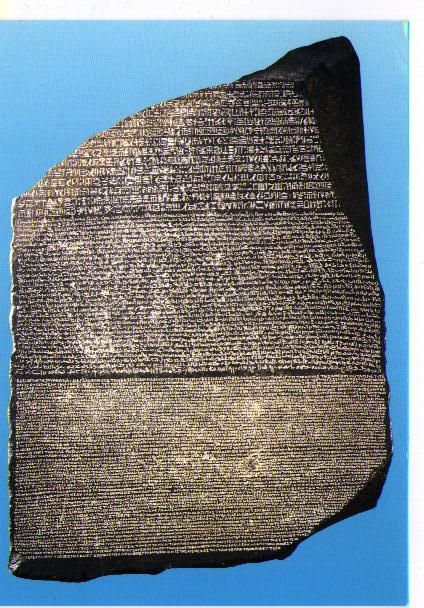


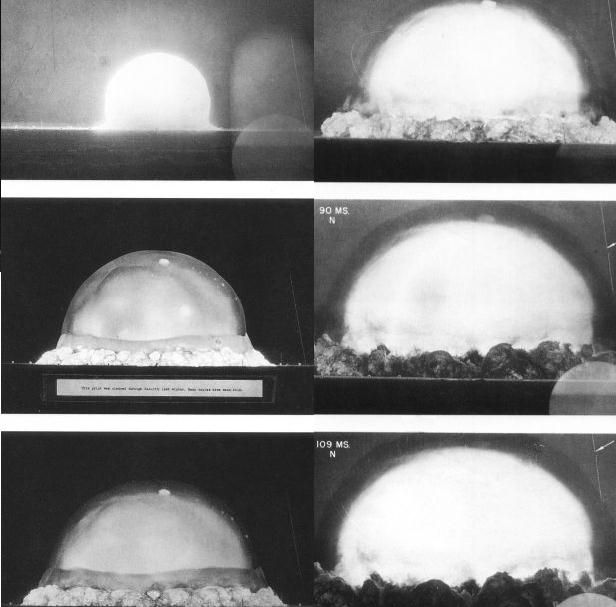
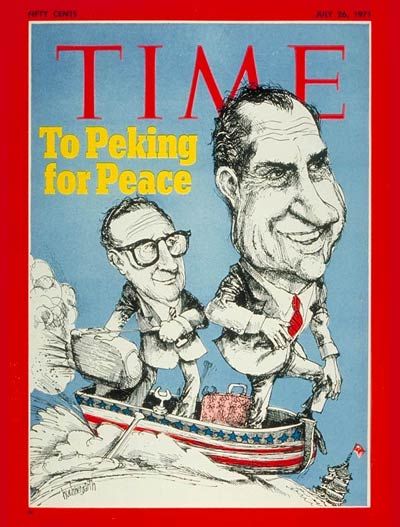

 Returning to the Hôtel de Ville, the mob accused the prévôt ès marchands (roughly, mayor) Jacques de Flesselles of treachery, and he was assassinated en route to an ostensible trial at the Palais-Royal.
Returning to the Hôtel de Ville, the mob accused the prévôt ès marchands (roughly, mayor) Jacques de Flesselles of treachery, and he was assassinated en route to an ostensible trial at the Palais-Royal.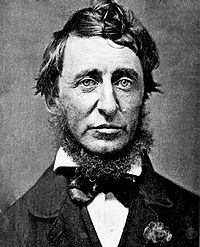
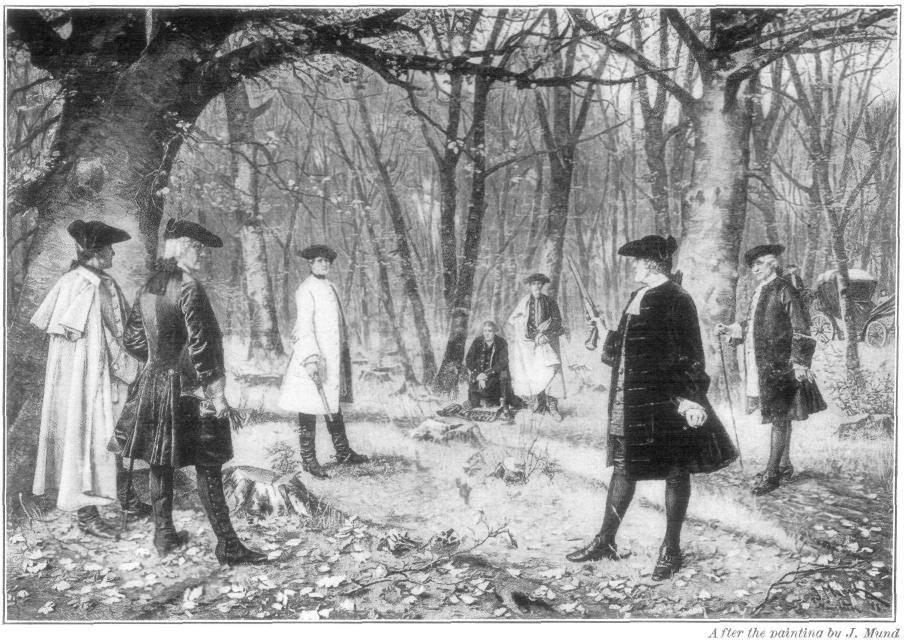 On this day in 1804,
On this day in 1804,
Recent Comments